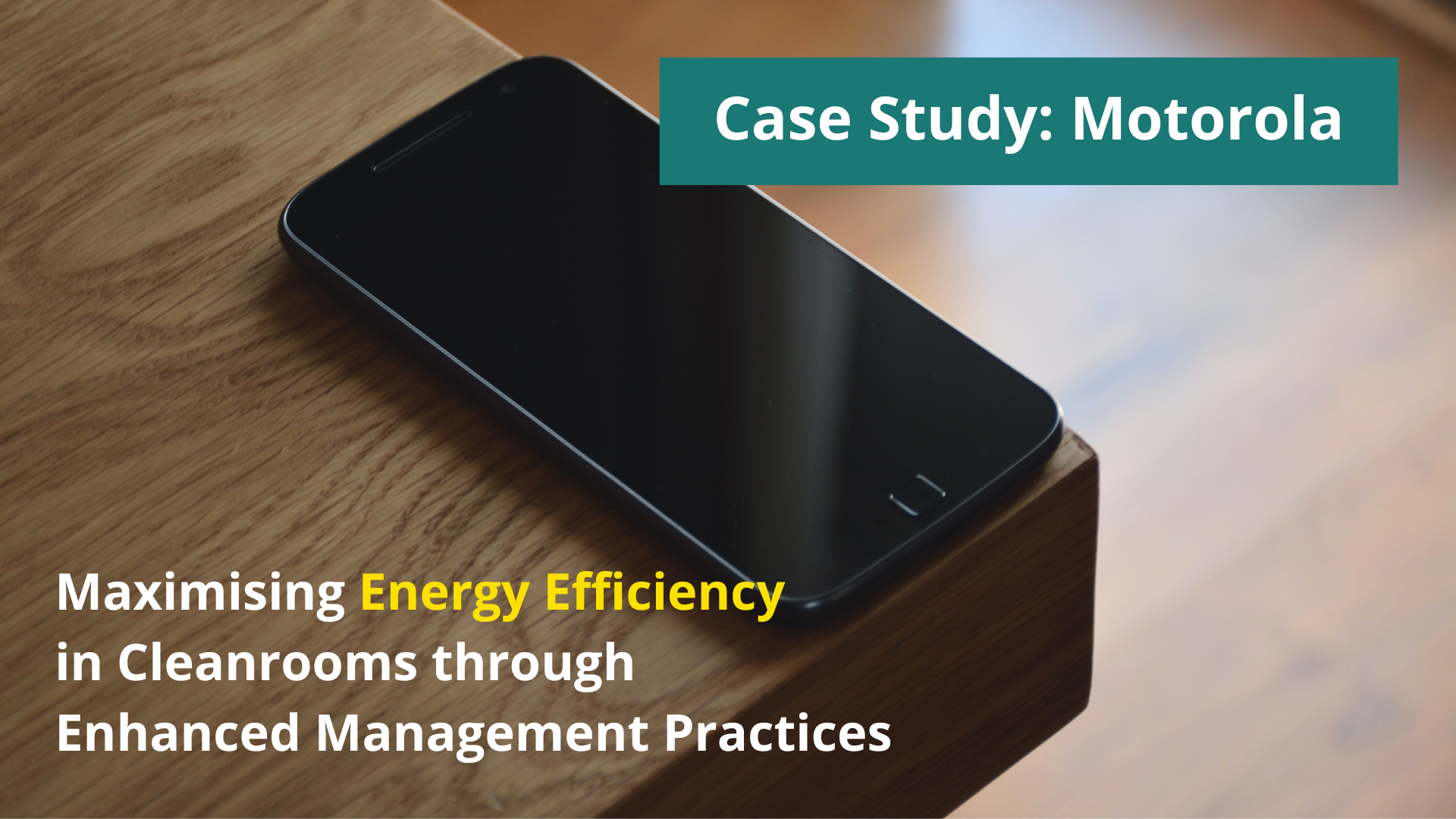
Implementing the ISO 14001 is just the start of being an environmentally sustainable and eco-friendly organisation. There’s a long journey ahead!
After establishing the environmental management system, you need to check its effectiveness and performance. You can do that by evaluating the performance against your aims, goals, and targets.
Environmental Performance Evaluation (EPE) is an internal mechanism that helps an organisation check its EMS. Proper analysis and assessment will enable you to obtain measurable information on the results of your environmental activities and the effectiveness of actions taken concerning your environmental aspects.
Environmental Indicators
According to ISO 14031 standard, performance indicators may be divided into few groups depending on the type of information it contains.
Environment Condition Indicators (ECIs) provide information on the environment’s local, regional, national or global state. Examples of such indicators may be the concentration of pollutants in the air, air quality in the region, temperature of the oceans, or ozone depletion. As a company, you may directly or indirectly impact those indicators at some degree. However, in many cases, they are outside your control.
The other indicator types are Environmental Performance Indicators (EPIs). EPIs, contrary to ECIs, are not calculated on regional level, but on a company level. EPIs provide information on the environmental performance of the organisation itself. That means that as a business you’ll have more significant impact on those indicators. EPIs include:
- Management Performance Indicators (MPIs) provide information on the management efforts of a particular organisation. Examples of MPIs are: a number of implemented initiatives regarding pollution prevention, the effectiveness of environmental training, degree of compliance with legal regulations, pro-environmental investments within the overall investment pool, time to respond to environmental incidents, implementation of the environmental audit plan etc.
- Operational Performance Indicators (OPIs) provide information on the environmental performance related to the organisation’s operational activities. Examples of OPIs are: electricity consumption per produced product, water consumption per employee, percentage of water reused in the production process, percentage of recycling, percentage of packaging intended for multiple uses, greenhouse gasses emissions per product etc.
You can implement a Plan-Do-Check-Act model to help you evaluate your organisation’s environmental performance. Let’s have an in-depth look at the PDCA model.
Plan
When planning the evaluation, you need to consider the overall aspect of your business, such as stakeholders, products, services, and relevant activities. Moreover, if you want your environmental performance evaluation to be effective, you need to choose relevant environmental indicators and implement them throughout the organisation. Make sure that your set of indicators provides an accurate assessment of your environmental activities, are understandable and unambiguous. Furthermore, the indicators shall reflect the dynamics of progress and compare with benchmarks. As a business owner, you need to set aside the appropriate financial and human resources to define and manage processes related to the environmental performance evaluation.
Do
The organisation should have adequate data collection mechanisms in place that help calculate the organisation’s overall environmental performance. The data should only be collected from verifiable and reliable sources. Once the data is collected, it should be converted into meaningful environmental reporting that help businesses to make effective decisions. We live in a data-driven world, where crucial decision-making relies heavily on data. Therefore, data is critical in the environmental performance evaluation process.
Check and Act
You need to review the environmental performance evaluation model periodically and its results to identify areas of improvement. Such reviews can help the top management implement a robust environmental strategy within an organisation. Check whether the criteria that have been set to check the performance is appropriate or not. In addition, you also need to check the sources of your data and find out whether they are appropriate.
A proper, carefully crafted, and well-designed environmental performance evaluation can give you an in-depth idea of whether your business’s environmental management system is effective or not. If you are struggling to define your strategy towards environmental performance evaluation, it is recommended to get the help of an outside expert.

If you’re looking for an expert in environmental and quality management systems, check out EQM Consult.
We provide specialised support to implement environmental management systems in SMEs. As experienced consultants, we help businesses comply with ISO 14001, EMAS and other relevant regulations and provide on-site and remote management systems audits. You can check our website for more information about their services or contact us for a consultation.

Ph.D. Beata Paliwoda
Founder and Owner of EQM. Environmental and quality consultant and auditor. Professional career built in Quality Assurance departments in various companies from the automotive, aerospace, railway industries, as well as a management systems consultant. Successfully completed many complex projects related to the implementation of management systems, process improvements and business transformation. Auditor of ISO 9001, ISO 14001, AS 9100, project manager of APM, lecturer at the Poznan University of Business and Economics, researcher on the effectiveness of EMS and QMS in organisations.






